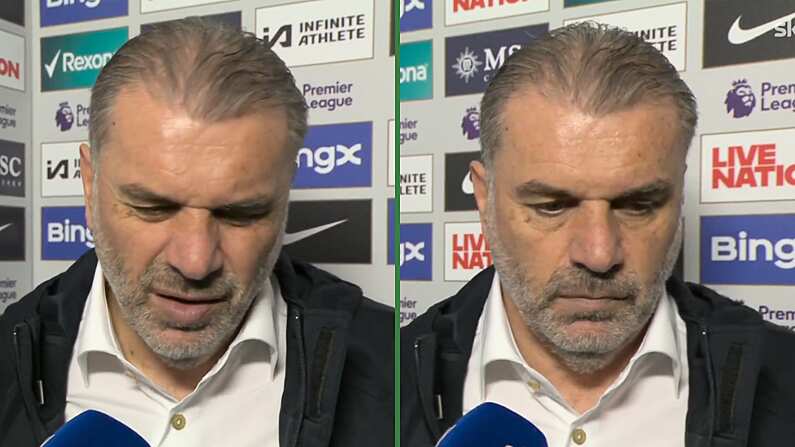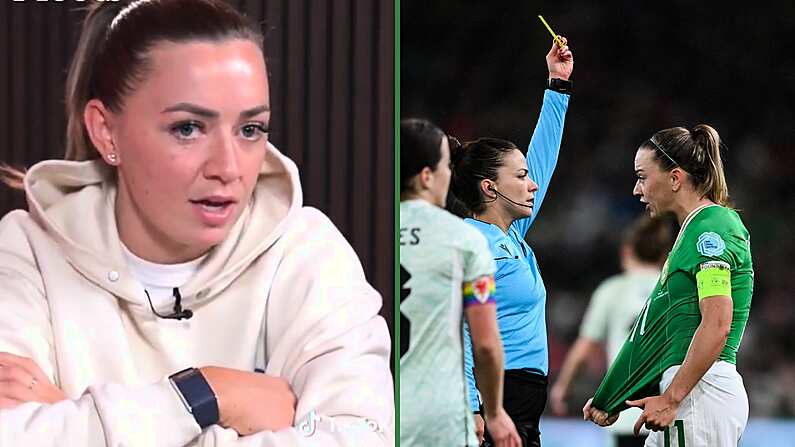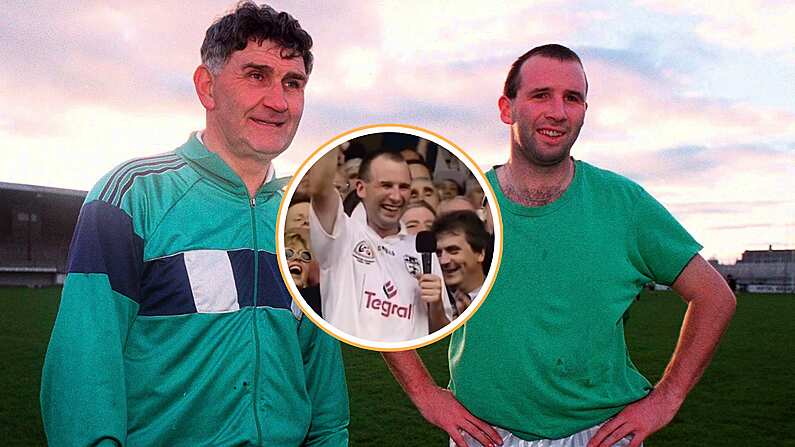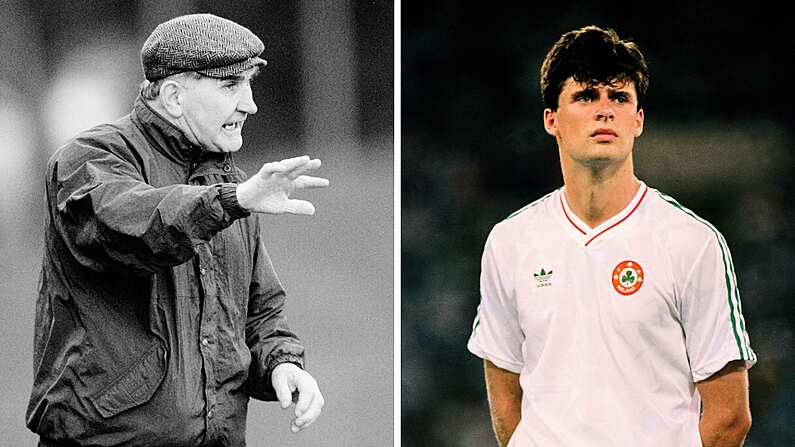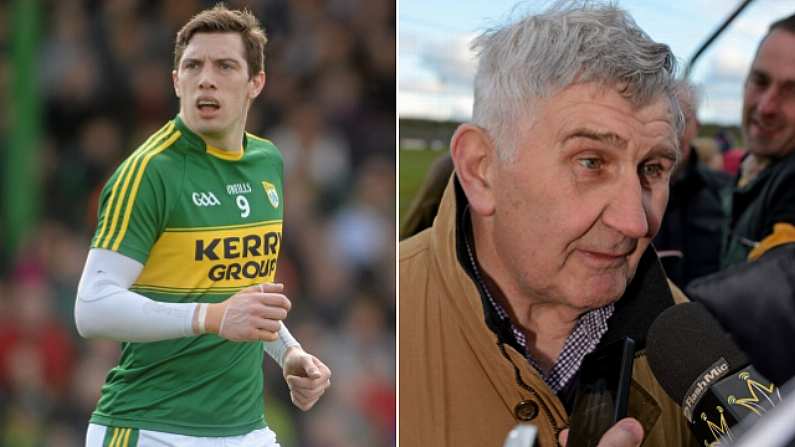For the majority of his 11 year career prior to this season, the Indianapolis Colts' Reggie Wayne spent his time repeatedly running routes from the same side of the field. Along with Marvin Harrison, Dallas Clark and Peyton Manning, the Colts ran one of the most feared passing attacks in the whole league. Because Manning spent a lot of time running his own offense and making adjustments on the field for himself, Wayne and Harrison spent the majority of their careers on the left and right sides of the field.
Once Manning left Indianapolis, with Harrison already retired and Clark leaving also, Wayne spent some time moving around the field with Curtis Painter/Kerry Collins carrying the offense, but his role didn't change drastically. This season, in Bruce Arians' offense run by Andrew Luck, Wayne has completely changed what he does on the field. He still plays the position that he has played throughout his career, wide receiver, but he no longer sticks to one spot of the field.
Wayne has gone from a receiver who exclusively ran routes from outside the numbers on the left-hand side, to being moved around the field by Arians and being asked to do a multitude of things from play to play. When playing as a receiver outside the numbers, Wayne's responsibilities were to get first downs and score touchdowns by catching the football. In the 'Hines Ward' role of Arians' offense, Wayne not only has to play on both sides of the field, but he must also move into the slot, line up behind the line of scrimmage and be a key blocker on running plays.
While Wayne's role expanded, his position did not change. He remained a wide receiver, but no longer did he fit the typical wide receiver 1 or wide receiver 2 role. His position within his position changed.
That's the thing about the NFL, it's not a simple case of picking your best players and putting them on the field. Of course, the congruity of a side in every team sport is important, but in the NFL that is taken to another level. Each side of the ball has different units, each unit has different roles, each role has variations, while each player who fills those variations has different skill-sets. If you play outside linebacker for the Dallas Cowboys, it's not the same as playing outside linebacker for the New York Giants.
Formations, schemes and the talent spread will all affect a player's assignment on the field. Understanding the requirements of each player is very important when it comes to evaluating the strengths and weaknesses of each performance.
Maybe the most commonly understood position within positions is the left tackle. When Lawrence Taylor entered the league in 1981, he would begin a career that would forever change the complexion of the NFL's offensive line. Taylor racked up 132.5 sacks over a 13 year career, 10 all-pro awards, three defensive player of the years, two media league MVP awards while also leading his team to two Super Bowl victories. Yet, what defines Taylor's impact on the NFL, is one single play. A play that did so much more than just end Joe Theissman's career. Warning, this video is graphic.
Taylor's impact in the NFL as a dominant pass rusher opened people's eyes to the importance of the left tackle position. Up until that point, the NFL had been primarily a running league and each offensive lineman was considered to be equal to the other. Once Bill Walsh begun the process of turning NFL offenses into pass first groups, teams began to break down what happened on any given pass play and better understand how they worked.
The blindside became a common term used by coaches, analysts and even fans after the emergence of the outstandingly well written book from Michael Lewis. The blindside refers to the spot on the field that the quarterback cannot see. When quarterbacks stand in the pocket looking downfield to throw the ball, they turn their shoulders so that they are close to parralel with the sideline. That means that they cannot see one half of the field. For right handed quarterbacks, the blindside is protected by their left tackle. For left handed quarterbacks, it is protected by the right tackle.
A blindside tackle(most commonly the left but the right with quarterbacks such as Michael Vick) must be best suited to stop the opponents pass rush. Taylor's impact in the NFL not only showed offensive coaches the blindside, but it also showed defensive coaches. Defenses began putting their best pass rushers on that side of the field because the quarterback couldn't see them coming, which meant there was a greater chance of the sack and fumble. Because pass rushers in the NFL are generally physical specimens, the best left tackles are those with great bulk, but also very nimble feet. It is a very rare combination for a human to hold.
Players like the Tennessee Titans' Michael Roos, who stands at 6-7, 320 pounds and moves like a balerina, became very valuable. Roos' size works against him as a run blocker, because a general rule of thumb in run blocking was that the lower man was able to gain more power with leverage, but is able to use that size to neutralize pass rushing threats and allow his quarterback, currently Jake Locker, to be comfortable throwing the ball and keeping his eyes downfield.
Contrary to the left tackle, the typical right tackle(or openside tackle if being pedantic about labels) is a mauler in the running game who can also benefit from his quarterback's movement in pass protection. The San Francisco 49ers' Anthony Davis is a perfect example of a right tackle who dominates in the running game and does enough in the passing game to work with his quarterback. Although Davis is 323 pounds, he is also slightly shorter than Roos standing at 6-5.
Every offensive line is different, some rely on their guards to help their tackles, such as the New Orleans Saints, while others, such as the Cleveland Browns, rely on a high quality center and pair of tackles to cover their underwhelming talent at guard. Interior linemen must fit into the overall philosophy of the offense, ie. a passing offense can't have three road-graders in the running game if they can't pass protect, but for the most part their roles don't change.
Parts two and three of this article will run on Wednesday and Thursday respectively.
Follow Cian Fahey on Twitter - @Cianaf
Read more of Cian Fahey on Irish Central and in the Guardian’s US Sport section.



